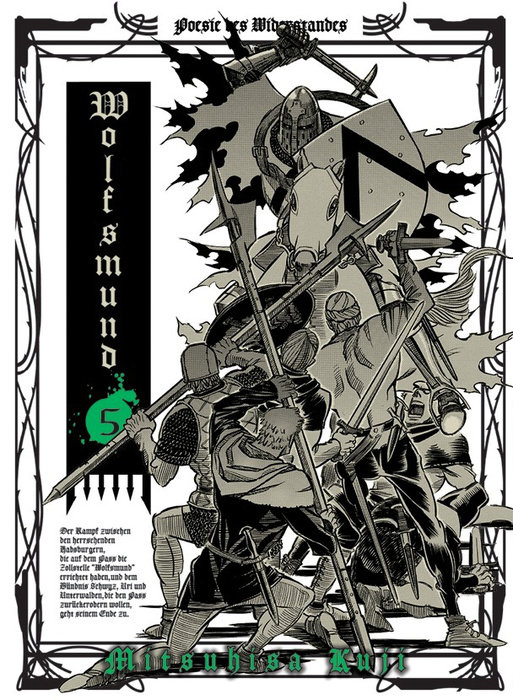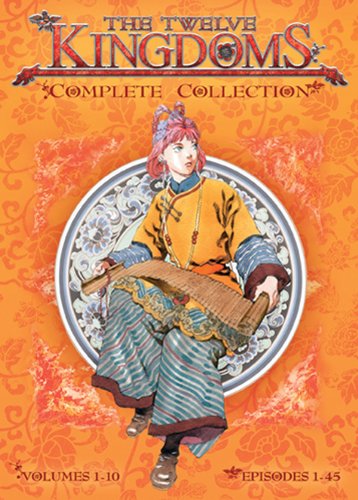My News and Reviews Last week at Experiments in Manga I posted a review of Kaori Ekuni's quiet yet devastating novel God's Boat. Ekuni's debut novel Twinkle Twinkle is one of my favorites, so I …
Continue Reading about My Week in Manga: April 20-April 26, 2015 →





